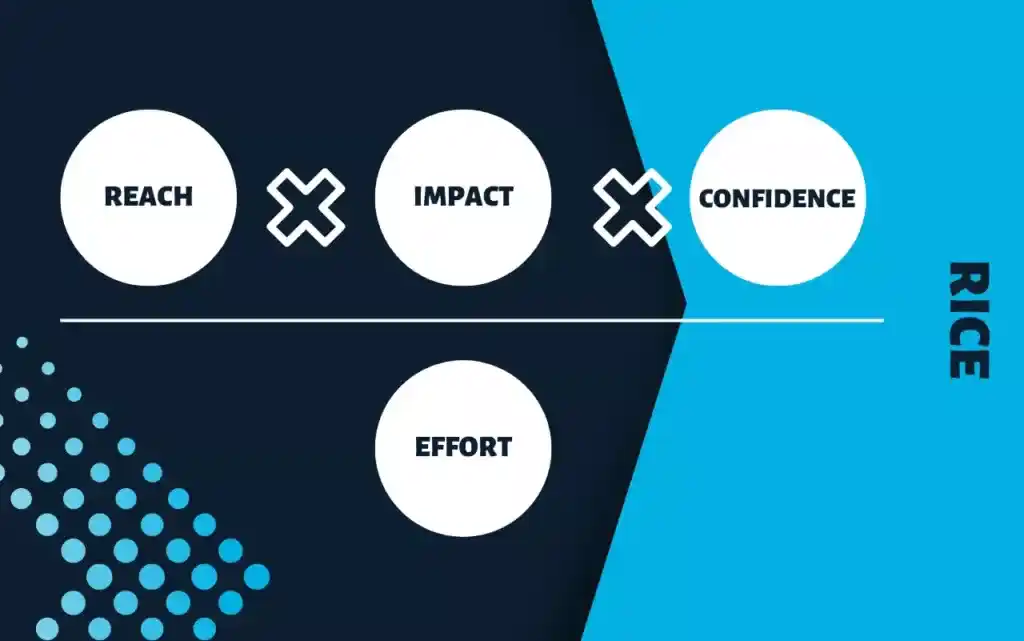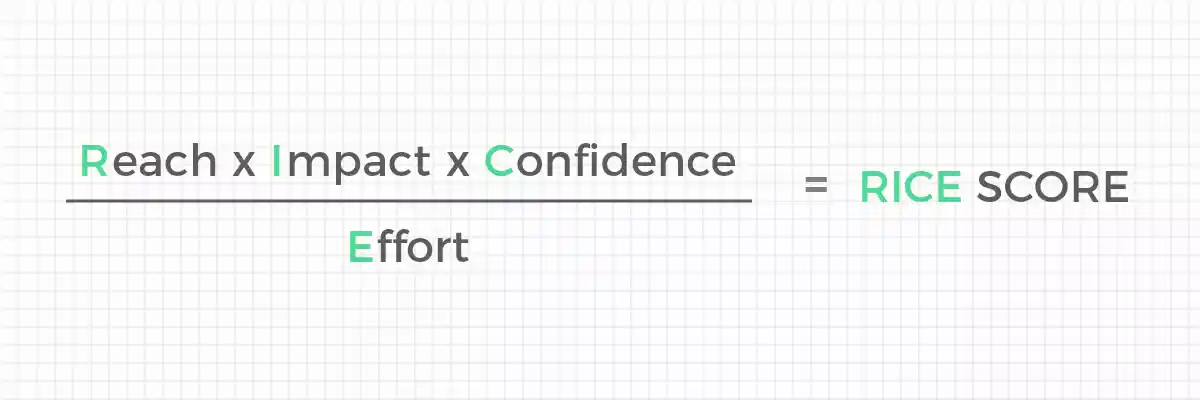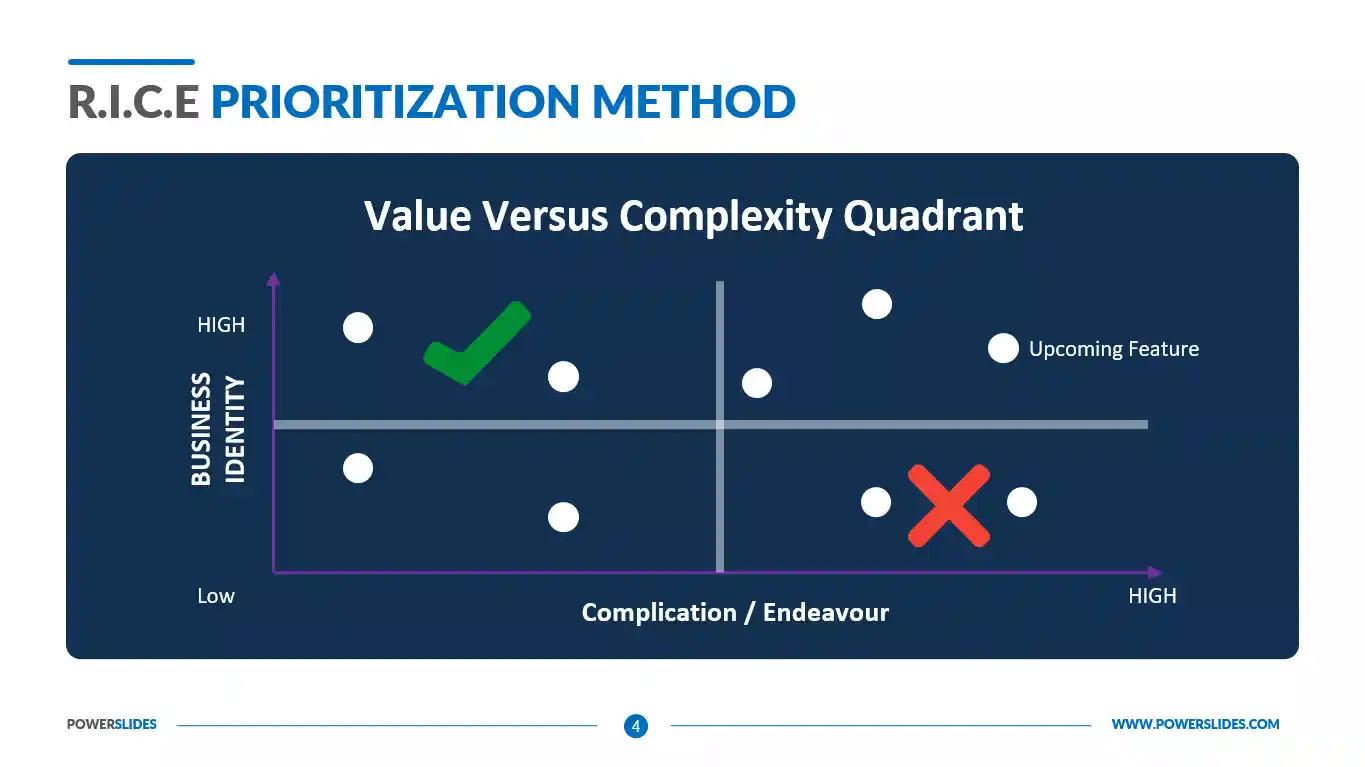Table of Contents
In today’s dynamic business environment, the quest for impactful project management methodologies is relentless. The RICE Frameworks emerge as a beacon of structured prioritization, promising exponential growth for ventures. This article delves into the transformative potential of the RICE Frameworks, elucidating their role in propelling projects towards 10X growth. Stakeholders gain profound insights into leveraging this powerful tool by dissecting its components and unraveling its application nuances.
From evaluating reach and impact to assessing confidence and effort, the RICE Frameworks serve as a compass, guiding decision-makers towards strategic initiatives with maximum potential. In a landscape where every resource counts, mastering the art of prioritization becomes paramount. The RICE Frameworks not only streamline this process but also instill a culture of efficiency and innovation, empowering organizations to navigate complexities and emerge as frontrunners in their respective domains.
Understanding RICE Frameworks

The RICE Frameworks encompass four fundamental elements: Reach, Impact, Confidence, and Effort, each pivotal in gauging a project’s potential and determining its priority.
1. Reach: Extending Your Influence
Reach embodies the extent and magnitude of a project’s audience or users. It quantifies the number of individuals who will be affected by the initiative. Whether it’s a product launch, marketing campaign, or service expansion, comprehending reach is essential for evaluating the project’s potential impact. By understanding the breadth of reach, organizations can tailor strategies to resonate with their target audience, thereby amplifying the project’s overall influence.
2. Impact: Making a Difference
Impact scrutinizes the magnitude of change or benefits that the project will deliver to its audience. It encompasses both qualitative and quantitative factors, spanning from increased revenue and heightened customer satisfaction to enhanced brand recognition and societal change. By evaluating impact, project managers can prioritize initiatives that promise substantial value addition, ensuring that resources are directed towards endeavors with the potential for meaningful transformation.
3. Confidence: Assuring Success
Confidence denotes the level of certainty in estimations regarding reach and impact. It takes into account various factors such as available data, historical performance, and expert opinions. A high confidence level signifies a heightened assurance of success, empowering stakeholders to make informed decisions regarding resource allocation and project prioritization. By fostering confidence in project assessments, organizations can mitigate risks and optimize outcomes, thereby propelling the project toward success with greater conviction.
4. Effort: Balancing Resources
Effort quantifies the resources—time, finances, personnel, etc.—required to execute the project. It aids in evaluating the feasibility and practicality of undertaking the initiative. By comprehending the effort entailed, project managers can optimize resource allocation, ensuring that resources are allocated judiciously to maximize efficiency and minimize waste. The effort serves as a crucial parameter in maintaining equilibrium between aspirations and capabilities, facilitating streamlined project execution and enhancing overall organizational efficacy.
In essence, the RICE Frameworks provide a structured approach to project evaluation and prioritization, guiding organizations toward informed decision-making and efficient resource utilization. By leveraging these essential elements—Reach, Impact, Confidence, and Effort—organizations can empower their projects, fueling growth and fostering success in an increasingly competitive landscape.

Applying RICE Frameworks for 10X Growth
With a comprehensive grasp of the RICE Frameworks’ components, let’s delve into their application to empower projects, fueling a 10X growth trajectory.
Identify High-Impact Opportunities: The RICE Frameworks provide a structured approach to identifying projects with significant potential impact. By prioritizing initiatives with high reach and impact scores, organizations can allocate resources strategically, aligning with their overarching objectives. This strategic allocation ensures that resources are directed toward endeavors that have the greatest growth potential.
By leveraging the RICE Frameworks, organizations can unlock the path to maximal growth potential, driving success in today’s dynamic business landscape. It enables decision-makers to make informed choices about where to invest their resources, optimizing efficiency and maximizing the impact of their projects. In essence, the RICE Frameworks serve as a powerful tool for organizations seeking to achieve substantial growth and success.
Optimize Resource Allocation: Effective resource allocation is critical for enhancing project impact. Project managers can achieve this by carefully assessing the effort demanded by each initiative and weighing it against the anticipated reach and impact. This evaluation enables them to strategically allocate resources to initiatives that promise the highest returns.
Through this process, resources are directed towards endeavors where they can yield the greatest impact, optimizing the overall outcome of projects. This approach not only ensures efficient resource utilization but also maximizes the value derived from available resources. Thus, by leveraging the RICE Frameworks, organizations can streamline resource allocation to drive significant growth and success in their projects.
Foster Innovation and Experimentation: The RICE Frameworks foster a dynamic culture of innovation and experimentation within organizations. This structured methodology provides teams with a systematic approach to evaluating novel concepts and initiatives. By empowering teams to experiment with projects demonstrating high potential impact, the frameworks fuel an environment where creativity thrives.
Through experimentation, organizations not only uncover new solutions and approaches but also cultivate a mindset of continuous improvement. This culture of innovation not only sparks creativity but also propels organizations toward sustained growth. By embracing the RICE Frameworks, companies can adapt to changing landscapes, stay ahead of the curve, and foster a culture that champions innovation as a cornerstone of success.
Track and Measure Results: Effective project management hinges on continual assessment and evaluation. Through diligent tracking of project performance against anticipated reach and impact, organizations gain valuable insights. This ongoing monitoring enables the identification of areas ripe for enhancement, facilitating data-driven decision-making.

By discerning what works and what needs adjustment, teams can refine strategies and allocate resources more effectively. This iterative process of measurement and adjustment is fundamental to maximizing the potential of projects within the RICE Frameworks. It ensures that efforts remain aligned with overarching goals and enables organizations to adapt swiftly to evolving circumstances. Ultimately, diligent tracking and measurement serve as the compass guiding projects toward sustained growth and success.
RICE Frameworks in Action
The RICE Frameworks provide a robust approach to project management, facilitating remarkable growth opportunities. A comprehensive grasp of its components enables organizations to strategically prioritize projects, ensuring focus on high-impact endeavors. Effective application of the RICE Frameworks optimizes resource utilization, directing efforts where they yield maximum results.
Furthermore, it fosters a culture of innovation, encouraging teams to explore new ideas and experiment with initiatives that promise significant returns. By embracing the RICE Frameworks, businesses position themselves for success in the ever-evolving marketplace. With a structured methodology guiding decision-making, organizations can navigate challenges and capitalize on opportunities, driving sustained growth and maintaining a competitive edge in today’s dynamic business landscape.